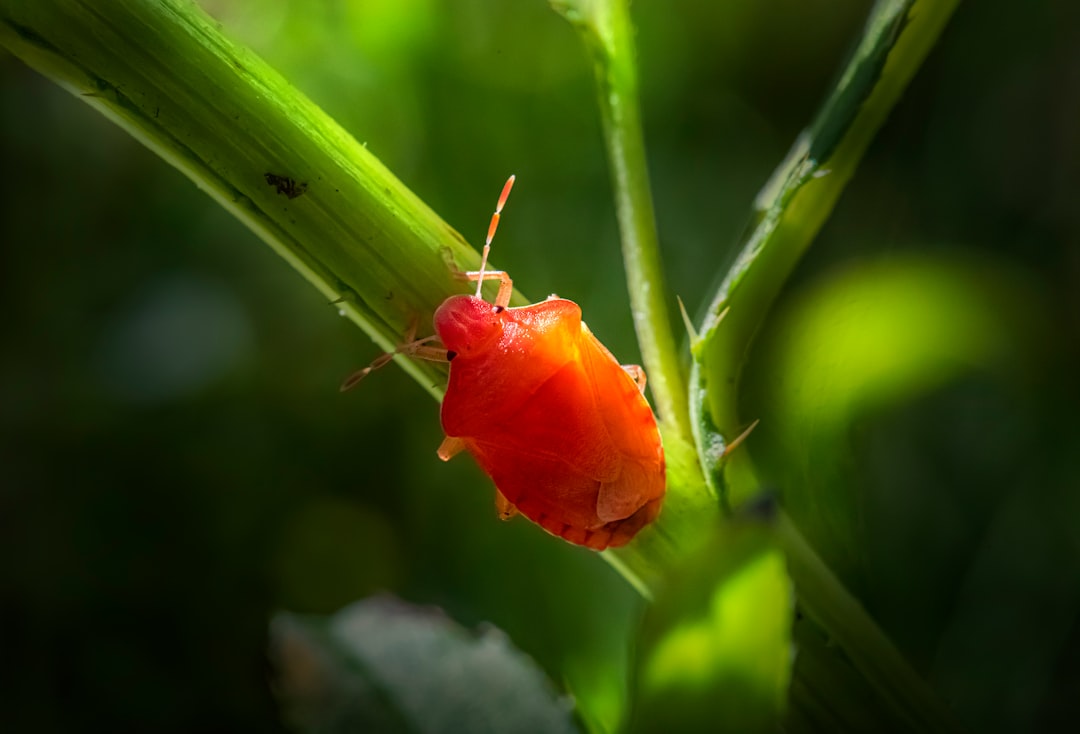What is it about?
When caterpillars were found feeding on the flowers of coconut in Trinidad in 2006, there was concern that it was a newly arrived pest species that would harm the coconut industry and native palm trees. This study showed that (1) the moth is probably native to Trinidad, (2) caterpillars were only found on one other type of palm, and (3) caterpillars feed almost entirely on pollen in the male flowers, causing little or no damage to the female flowers, and so would not affect coconut production.
Featured Image
Why is it important?
The work reported here shows that contrary to earlier concerns, the presence of the coconut moth in Trinidad is not a significant cause for concern. The moth does not present a threat to native palm trees or to the production of coconuts. Coconut growers should not need to take measures such as the application of insecticides to control the pest, as it will not affect yield. This will save them money and reduce their exposure to potentially harmful insecticides.
Read the Original
This page is a summary of: Batrachedra nuciferae , an Inflorescence-Feeding Moth Associated with Coconut, Cocos nucifera , and Palmiste, Roystonea oleracea , in Trinidad, West Indies , Journal of Insect Science, November 2013, Oxford University Press (OUP),
DOI: 10.1673/031.013.12401.
You can read the full text:
Contributors
The following have contributed to this page










